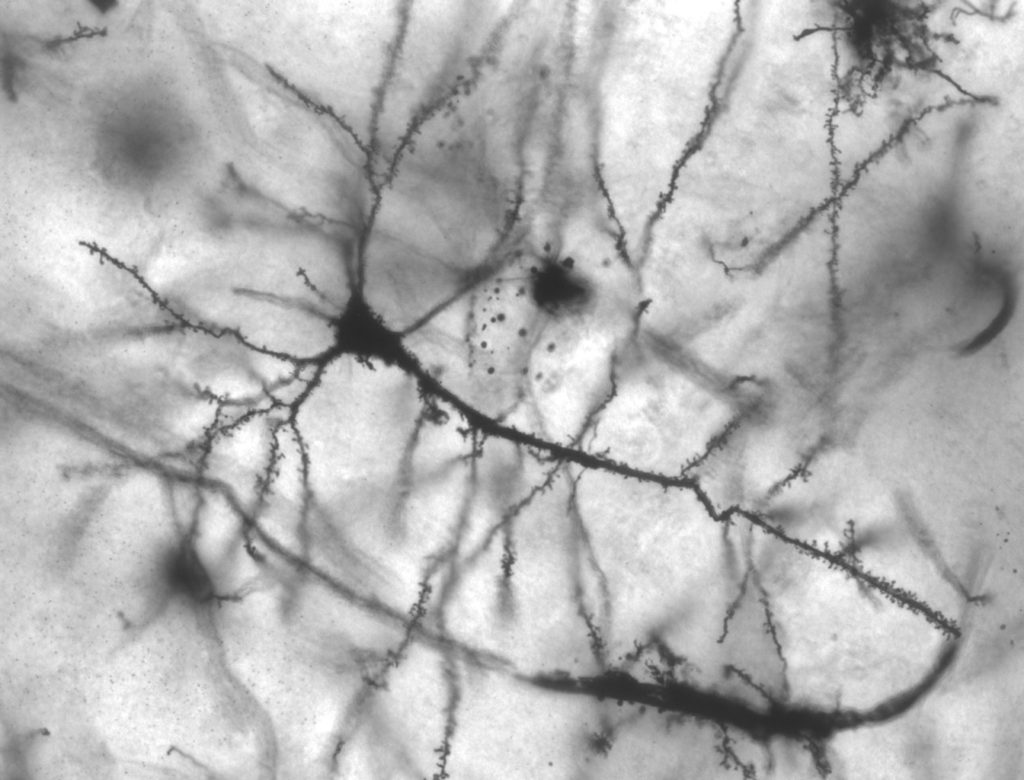They’re called
CD22
and
COL17A1
and are not the names of two Star Wars robots but two genes that would be among the Responsible for the ageing of cells in humans due to the overproduction of their homonymous proteins. Not only because these genes would also be among the Responsible for many degenerative diseases including Alzheimer’s and Parkinson’s disease.
To announce the discovery were
Stanford University
and
Tokyo Medical and Dental University
, at the end of two parallel studies Published in the journal
Nature
.
What do the study consist of?
Study objects have been mice in which both the American and Japanese universities have kept under control about 3000 genes, stimulated one by one in order to highlight their functions. And the behaviors of the CD22 and COL17A1 genes have appeared here. The first one manages the activity of the brain sweeper cells, those of the microglia, in defense of the central nervous system, and the second, which controls the development of the stem cells of the skin. In the case of CD22 in fact, the study of Stanford University has highlighted a strong hyperactivity of the gene which, by increasing the production of the protein, prevents the correct execution of the activities of cleansing of the nervous system and in particular of the Brains.
And here comes the action of scientists, who through a specific antibody have blocked the activity of the gene, experiencing a surprising recovery of brain activity in older mice. Merit of the Scavino cells that, succeeding in working in a more optimal way, have increased their efficiency exactly like those of the younger mice. It is easy to imagine the possible repercussions in the scientific world if you think that this situation could also replicate in man and maybe find answers to Alzehimer and Parkinson.
Similar procedure that noted for the other protein, that produced by the COL17A1 gene and held under observation by scientists of the University of Tokyo in co-operation with those of the
University of Colorado
. The collagen protein produced by the COL17A1 gene, in summary, deals with the maintenance of epithelial tissue through the proper functioning of stem cells. A preventive activity that, however, over time, is diminishing, until it causes the exfoliation of the tissue due to their oxidation, exposure to Uv rays and various other factors, decreing their ageing.
A process that, as discovered, could be blocked by maintaining the stable protein levels in Keratinocidi, i.e. human skin cells, by favouring even the healing of tissues damaged by external factors as well as From wear, so dreaded, of time.
